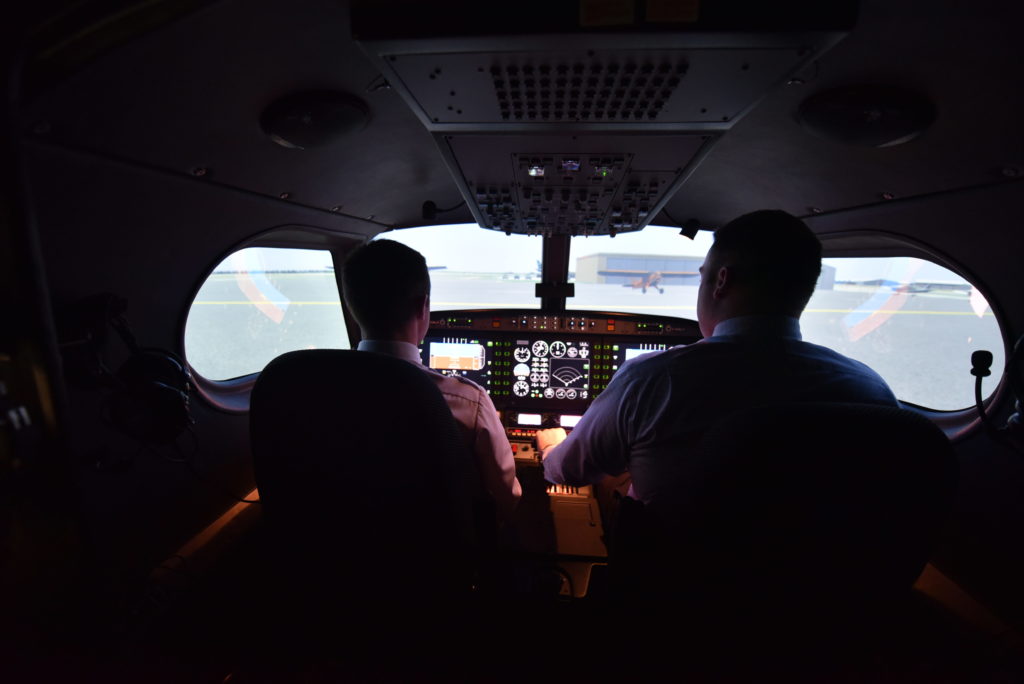Estimated reading time 4 minutes, 32 seconds.
It’s clear that Canada, like most other countries, is facing a serious pilot shortage.

The federal government’s response to an April 9, 2019 report from the House of Commons Standing Committee on Transport, Infrastructure and Communities – which put forward 13 recommendations surrounding pilot training in this country – was tabled June 19, just two days before the House of Commons adjourned for the summer.
The committee’s report, entitled Supporting Canada’s Flight Schools, was based on testimony from 25 witnesses over five days of hearings last winter, as well as 13 written briefs. Echoing forecasts by the International Civil Aviation Organization (ICAO) and others, it pointed out that “demand for qualified pilots is outpacing current training capacity.”
CAE Inc., the global leader in the simulator community, has said 255,000 new airline pilots will be needed over the next decade. Boeing and Airbus have published even higher estimates, prompting some commercial carriers, as well as the Royal Canadian Air Force and others, to offer retention bonuses — a strategy which eventually will run up against mandatory retirements.
The committee warned in its report that there is a dire threat, not only to Canada’s commercial, military and private aviation communities, but to the many remote communities that rely on air transport.
The forecasted shortage also applies to instructors, but Transport Canada says while it “recognizes the particular difficulty that flight schools face today when trying to recruit and retain flight instructors, the majority of federal programs are general in nature and do not specifically apply to supporting flight schools.”
However, the response adds, “the government will consider opportunities to work with industry, flight training institutions, provinces and territories to explore opportunities to better support flight training schools.”
Overall, the response accepts the committee’s recommendation that the federal government “play an active role” in addressing professions and trades shortages “through a consistent and targeted approach that encourages growth in the industry and includes increasing outreach and awareness efforts.”
It cites last fall’s Aviation Labour Shortage Forum in Ottawa, where Transport Minister Marc Garneau said, “We’re flying more and more, and we will continue to fly more and more. We cannot afford to have labour shortages.”
Several witnesses speaking at the committee hearings argued for the government to address student debt. Among other things, they recommended increased use of flight training devices to cut costs. It should be noted that, although hourly simulator operating costs might be lower than actual flying costs, the upfront capital cost sometimes isn’t much different than the cost to purchase an aircraft, which can be a financial challenge for smaller schools.
“Financial considerations are a significant barrier to both potential students and flight schools,” the committee said in its report, urging more support for schools’ capital costs and increased support for students “to ensure eligibility for flight training programs.”
Lowering that barrier could involve nearly a dozen federal departments, as well as provincial and territorial governments.
In the interim, the federal government highlighted the Canada Student Loans Program (CSLP) and acknowledged that students are essentially out of luck if they train at schools that are not linked to a post secondary institution, or have curricula that doesn’t meet CSLP eligibility criteria.
Transport Canada pointed out that the “potential” introduction of approved training organizations could accelerate the use of new technologies and approaches such as competency-based training.
In the covering letter to the government response, Garneau said mitigating challenges facing flight schools “is a relatively new area that Transport Canada has begun to explore” and the evidence presented by the committee “will be valuable to support policy development.”








